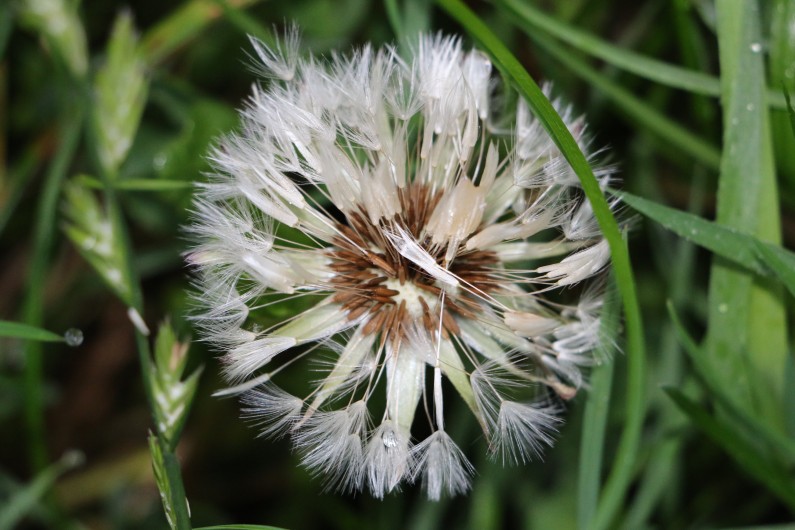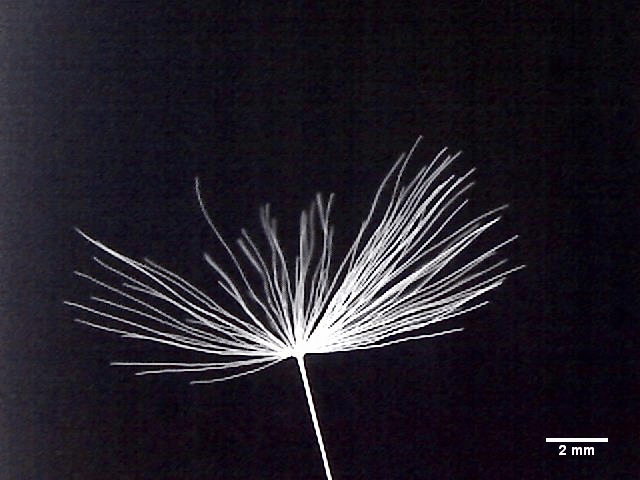How dandelion parachute works

You surely know that dandelion seeds fly thanks to their hairy parachute-like extensions, but did you know that they tend to land in wet areas? More generally, how do plants ‘migrate’ and find favourable environments? The answer to this question is crucial to understand the adaptation of plants to climate changes, as well as of the ecosystems that they feed. In the case of the dandelion, previous research has shown that the opening of the parachute is modulated by atmospheric humidity, leading to a decrease of the fall velocity of seeds in dry conditions. However, how opening occurs was still a mystery, possibly because of the need of expertise spanning several fields. An international team of researchers including the Hydrodynamics Laboratory (LadHyX*) and researchers from Edinburgh, Oxford, London, and Lyon has now solved this mystery, by using a combination of concepts and approaches from plant biology and mechanical engineering. Their results are broadly relevant for plant movements and may serve for the biomimetic design of new types of slow actuators with no energy consumption.

First the team placed dandelion seeds in a bespoke chamber where humidity levels are controlled. When humidity levels were changed, they observed changes in shape of the plate on which the hairs are attached, called the actuator. These deformations are due to uptake and release of water vapour by the actuator, which is a dead tissue unlike the seed that hangs below the actuator. They then observed the actuator with an environmental scanning electron microscope and they found that these deformations are inhomogeneous: when humidity is changed, some regions of the actuator, such as the vasculature, barely change volume, whereas the other regions noticeably change in volume. They ascribed these different deformations to differences in chemical composition and in density between regions. They then build a mathematical model of the actuator accounting for these differences and for forces associated with changes in hydration level. Their model agreed quantitatively with most observations, indicating that differences in capacity to absorb water is key to actuation.
*LadHyX: a joint research unit CNRS, École Polytechnique - Institut Polytechnique de Paris
 Support l'X
Support l'X